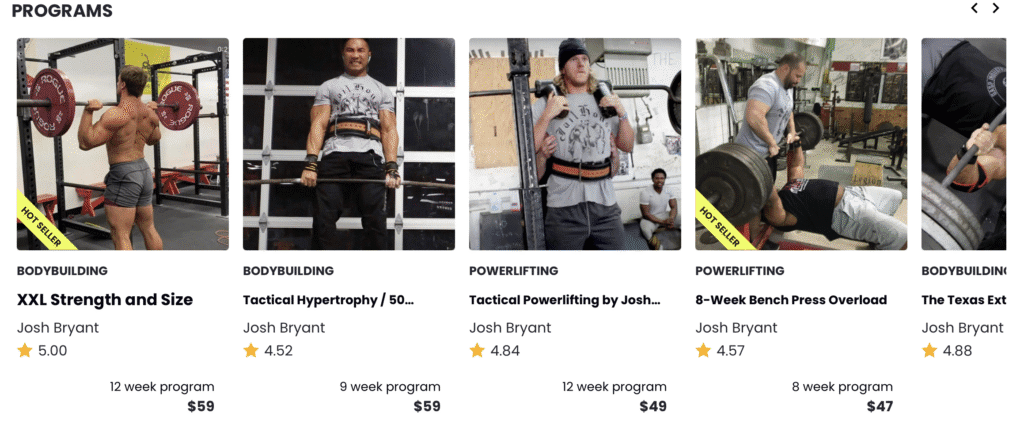Healing Won’t Make You Strong—Work Will

Sedona’s entire economy runs on “healing.”Vortex crystal retreats. Chakra realignment. Breathwork to manifest “abundance.”
It’s a comfort culture moonlighting as enlightenment—people with more time and disposable income than discipline.
And thanks to the self-help industrial complex, this mindset has gone nationwide. Therapy culture has not only made perpetual venting acceptable, but made you a Neanderthal if you don’t join in.
Influencer and podcast gurus preaches the same false gospel:
“Heal before you act.”
“Process before you perform.”
“Don’t lift heavy until your inner child feels safe.”
That’s not healing — that’s resistance with better lighting and a wellness hashtag. Truth is, sometimes you just gotta shit or get off the pot.
Everyone wants enlightenment. Nobody wants discomfort. Everyone wants clarity. Nobody wants to earn it.
Let’s be real—this philosophy is scientifically indefensible and not proven in the trenches.
If you had to choose between “processing your trauma through interpretive breathwork”…
or squatting till you puke in a loincloth while watching Rambo reruns, option B builds more character, more strength, and fewer excuses.
Now, it doesn’t have to come down to that—but it’s that bad of advice.
Don’t get me wrong—real healing matters. But waiting to ‘feel ready’ before moving forward is just pop-spirituality procrastination with palo santo smoke and oat-milk lattes. Maybe you don’t need a New Mexico retreat… you need an old Mexico kick in the ass.
Any serious athlete knows: the day you wake up pain-free is the day you’re dead.
The great ones learn to play hurt.
The Neuroscience of “Playing Hurt”
Here’s what science actually says: Your thoughts physically reshape your brain—but not instantly.
Sixty seconds of complaining won’t melt your neurons, but live in that mindset long enough and your brain learns helplessness.
⚠️ It floods your body with stress hormones like cortisol.
⚠️ It weakens memory circuits in the hippocampus.
⚠️ It rewires your brain to expect threat even in safe situations.
That’s not catharsis—it’s a training plan for mental and physical flaccidity that’ll make even the most menial tasks harder… well, actually softer.
Stay in that loop long enough and your brain becomes a threat detector instead of a problem solver.
But neuroplasticity cuts both ways. The same brain that builds fear can build fortitude.
Gratitude. Reframing. Mindful language.
Not soft buzzwords—hard neuroscience.
Gratitude increases hippocampal activity and lowers cortisol (Fox et al., 2015).
Reframing activates your prefrontal cortex—the discipline and emotional-control HQ.
Mindful speech rewires your self-talk—turning excuses into execution.
Neuroscience and iron agree:
You become what you repeat. Change the reps, change the wiring.
Grounded in Gratitude: A Call to Action
(Sources: Sapolsky, Why Zebras Don’t Get Ulcers; McEwen, Nature Reviews Neuroscience, 2007; Lupien et al., 2009; Fox et al., 2015.)
Here’s the truth: therapy culture won’t tell you: You can’t “heal” your way into confidence. You have to earn it through consistent discomfort and discipline.
That’s not toxic masculinity—it’s biology. The body adapts to resistance. So does the brain. The athlete plays hurt.The craftsman works tired. The strong heal while moving, not before it.
Every disciplined rep sends a message to your nervous system: “I’m still in control.”
That’s real rewiring— not a journal entry, not a guided meditation, not a Sedona retreat full of kale-chip vision boards while Dr. Bushwhacker preps his last healing peyote-Pfizer mix and calls it enlightenment.
Next time you feel like “processing,” remember: Resilience is built in motion.
Lift while you limp. Work while you bleed. Heal on the move. Your scars don’t make you damaged—they prove you were built to endure.
If you’re waiting for the perfect moment to start—news flash: It’s now.
Build your mind, body, ↑ soul with one of Josh’s programs.

